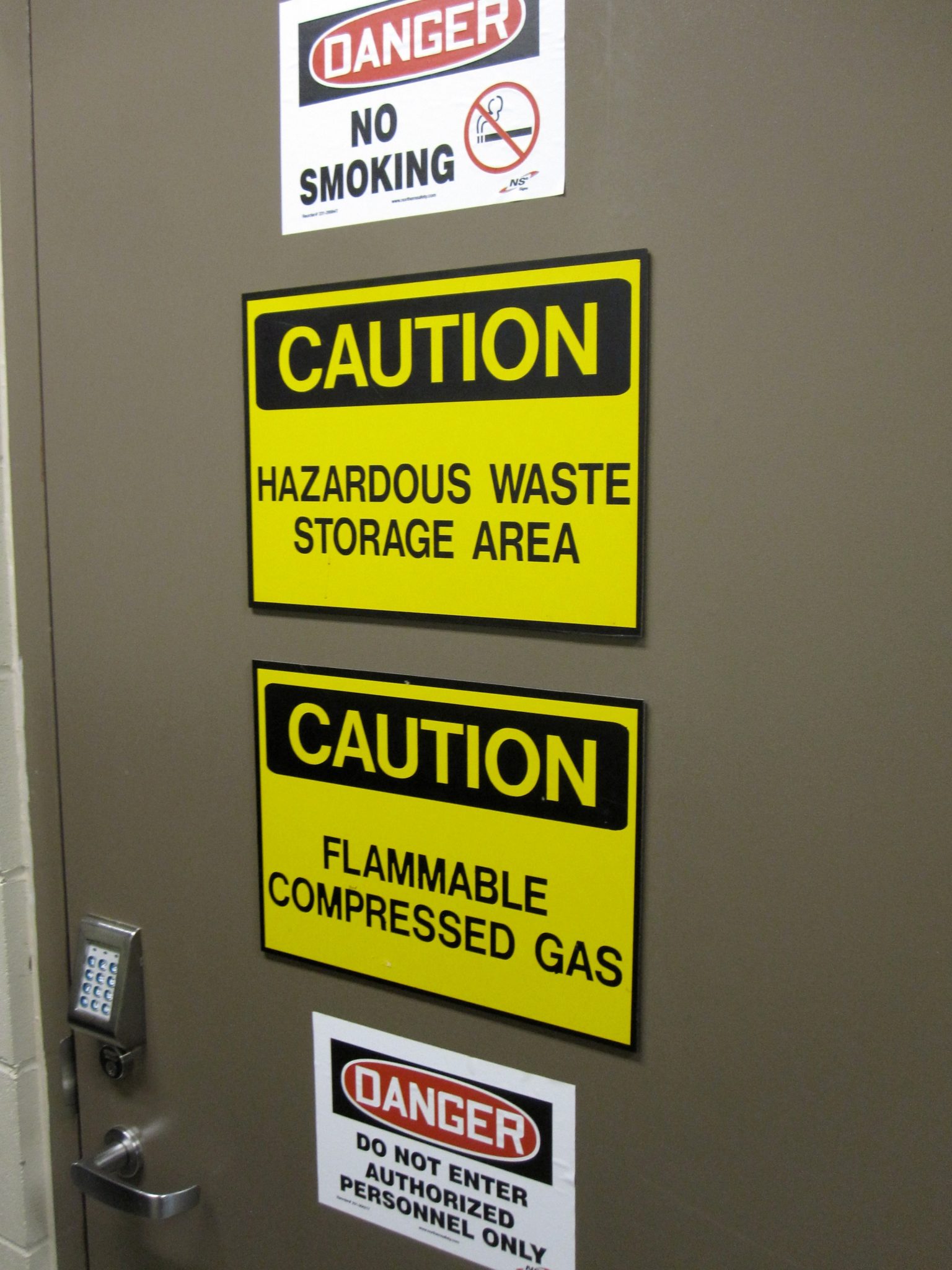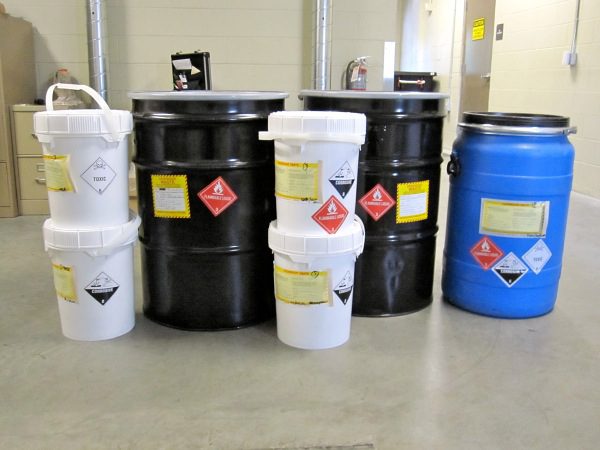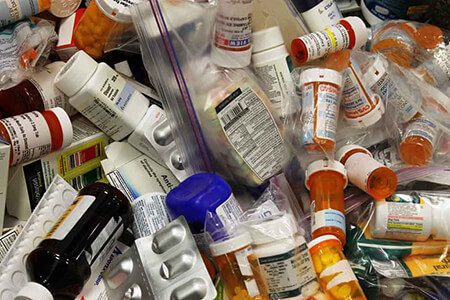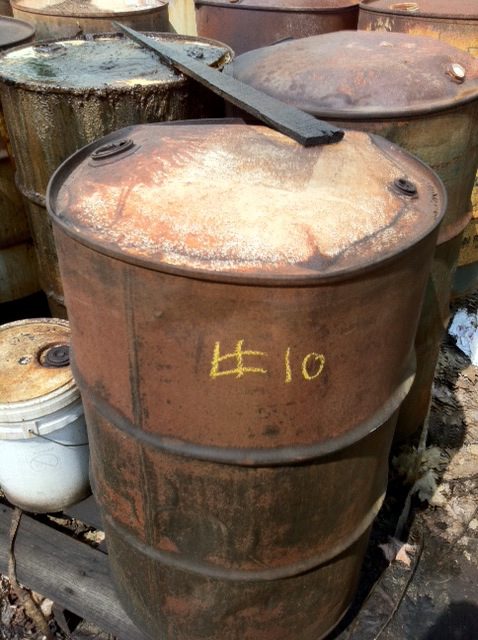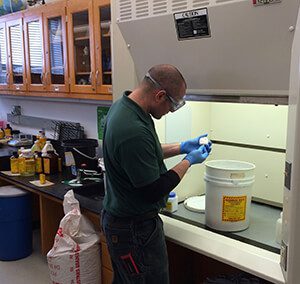Chemistry and other science programs in schools can be inherently dangerous if not managed properly. The U.S. Department of Education and the Environmental Protection Agency (EPA) have a variety of regulations in place for chemicals in schools to protect you, students, and the community from a chemical emergency.
OSHA Chemical Hygiene Plans
A chemical hygiene plan (CHP) is a written document developed by a school detailing a plan of action for purchasing chemicals, managing chemicals, and chemical spill procedures. Each school must have a written CHP, updated annually, according to the OSHA’s Occupational Exposure to Hazardous Chemicals in Laboratories standard (29 CFR 1910.1450). Some of the things that a CHP covers include:
- Personal protective equipment (PPE) standards
- Designating a chemical hygiene officer
- Standard operating procedures for labs
- Disposal considerations for hazardous chemicals
- Designates responsibilities of students, teachers, administration & visitors
- Storage requirements for all lab chemicals and cleaning chemicals throughout the school
Chemical Management
Proper chemical management helps to minimize the risk of accidental exposures and chemical emergencies in schools. In addition to a CHP, many schools in the U.S. have implemented a variety of other guidelines to protect their faculty, staff, and students from toxic chemicals. Some of the extra guidelines include:
- Making a list of approved, safe products like soaps, cleaners, caulking etc.
- Purchasing based on specific needs
- Avoiding chemicals of a corrosive, acutely toxic, or highly flammable nature
- Implement extra safety controls like permanent fume hoods, extra PPE, etc.
- Schedule annual disposal of unused, old, or expired chemicals
Chemical Disposal
Often, school chemicals sit for extended periods and get lost on shelves never to be used. While some of these chemicals are non-hazardous, often they are an EPA hazardous waste that must be taken into special consideration for disposal. A licensed hazardous waste disposal company must take all lab chemicals no longer in-use or spent and dispose of them in compliance with the Resource Conservation and Recovery Act (RCRA).
At Maine Labpack, Inc. we are able to help your school develop a CHP that works for you, help you through all regulations and keep you compliant, and dispose of all your chemical waste. Want to learn more about OSHA chemical hygiene plans? Contact us today.
